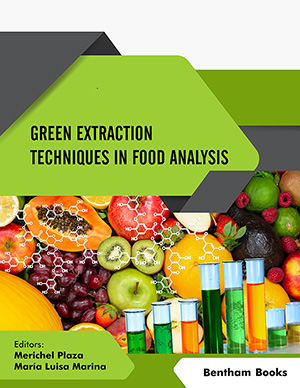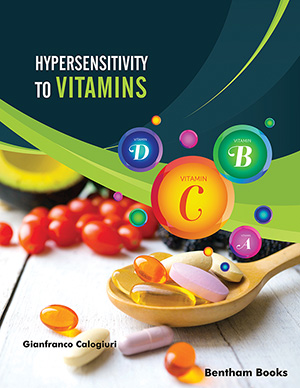Abstract
Background: There is generally a strong link between smoking, more particularly, passive smoking, and the occurrence of various illnesses and health-related disorders. Also, there is a globally recognized epidemiological link between smoking and Parkinson’s disease (PD). However, the current data on passive smoking are contradictory. Thus, this paper extracted the inconsistent existing studies to systematically shed light on the slightly ambiguous protective properties of dietary nicotine and passive smoking as influential factors against PD.
Methods: This systematic review was registered in PROSPERO (CRD042020160707). Two independent researchers searched through the following databases: PubMed, Cochrane Library, Scopus, Ovid, Embase, Google Scholar, and ProQuest to find relevant dissertations and theses. This study involved the data of papers published until 30th September, 2020. The Newcastle- Ottawa scale (NOS) was used for case-control and cohort studies for quality assessment. The study extracted cases without a history of smoking and the number of patients with PD in the workspace, home, and lifetime and organized them based on each research. The study implemented Q-statistic to investigate the selected papers based on statistical heterogeneity.
Result: In total, four cohorts and five case-control papers were included. Our findings indicated that lifetime exposure to smoking had a protective effect against PD risks (OR: 0.84; 95% CI: 0.70-0.99; p =0.04). However, the settings, workspace, home exposure, and PD risk did not display to have any considerable relationship. It should be noted that the studies on the relationship between dietary nicotine and PD risks have revealed the protective effect of nicotine-rich foods, like potatoes, tomatoes, and peppers, on PD risks.
Conclusion: In light of the observational studies covered in this paper, its findings should receive an organized interpretation while identifying the relevant mechanisms of this association.
Keywords: Parkinson's disease, passive smoking, home exposure, work exposure, lifetime exposure, systematic review.
[http://dx.doi.org/10.1007/s10654-011-9581-6] [PMID: 21626386]
[http://dx.doi.org/10.1007/s00441-004-0956-9] [PMID: 15338272]
[http://dx.doi.org/10.1212/01.WNL.0000150905.93241.B2] [PMID: 15699372]
[http://dx.doi.org/10.1001/jama.281.4.341] [PMID: 9929087]
[http://dx.doi.org/10.1016/j.envint.2012.05.004] [PMID: 22698719]
[http://dx.doi.org/10.1371/journal.pone.0151841] [PMID: 27055126]
[http://dx.doi.org/10.1093/aje/155.8.732] [PMID: 11943691]
[http://dx.doi.org/10.1212/WNL.0b013e3181d55f38] [PMID: 20220126]
[http://dx.doi.org/10.1002/ana.10277] [PMID: 12205639]
[http://dx.doi.org/10.1016/j.archger.2015.08.004] [PMID: 26272284]
[http://dx.doi.org/10.1001/archneur.64.7.990] [PMID: 17620489]
[http://dx.doi.org/10.1080/14622299050011451] [PMID: 11072429]
[http://dx.doi.org/10.1007/BF00184656] [PMID: 1521037]
[http://dx.doi.org/10.1182/blood.V76.1.206.206] [PMID: 2364171]
[http://dx.doi.org/10.1111/j.1471-4159.1990.tb02341.x] [PMID: 2303820]
[http://dx.doi.org/10.1111/j.1471-4159.1992.tb08322.x] [PMID: 1494911]
[http://dx.doi.org/10.1212/01.wnl.0000223618.53129.56] [PMID: 16832110]
[http://dx.doi.org/10.1016/j.parkreldis.2017.10.001] [PMID: 29033298]
[http://dx.doi.org/10.1021/jf990089w] [PMID: 10552617]
[http://dx.doi.org/10.1001/archpsyc.63.8.907] [PMID: 16894067]
[http://dx.doi.org/10.1016/j.puhe.2019.09.020] [PMID: 31770719]
[http://dx.doi.org/10.2307/3001666]
[http://dx.doi.org/10.1002/mds.24012] [PMID: 22095755]
[http://dx.doi.org/10.1111/j.1600-0404.2010.01327.x] [PMID: 20175761]
[http://dx.doi.org/10.1093/aje/kwn388] [PMID: 19131566]
[PMID: 30462234]
[http://dx.doi.org/10.1002/ana.23884] [PMID: 23661325]
[http://dx.doi.org/10.1093/ajcn/nqaa186] [PMID: 32725131]
[http://dx.doi.org/10.1002/1531-8257(199901)14:1<28:AID-MDS1007>3.0.CO;2-O] [PMID: 9918341]
[http://dx.doi.org/10.1212/WNL.47.3.644] [PMID: 8797457]
[http://dx.doi.org/10.1093/ajcn/86.5.1486] [PMID: 17991663]
[http://dx.doi.org/10.1002/mds.24918] [PMID: 22314772]
[http://dx.doi.org/10.3233/JPD-150557] [PMID: 25882059]
[http://dx.doi.org/10.1016/j.tins.2004.06.008] [PMID: 15331239]
[http://dx.doi.org/10.1212/WNL.45.6.1041] [PMID: 7783862]
[http://dx.doi.org/10.1212/WNL.58.4.581] [PMID: 11865136]
[http://dx.doi.org/10.1007/s00702-004-0143-x] [PMID: 15480846]
[http://dx.doi.org/10.1016/S0925-4439(99)00029-0] [PMID: 10381559]
[http://dx.doi.org/10.1002/mds.25882] [PMID: 24753353]
[http://dx.doi.org/10.3748/wjg.v18.i18.2180] [PMID: 22611310]























